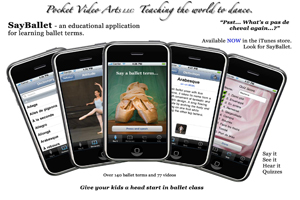If you plan on using Facebook to market your dance studio (or yourself), you’ll need to decide if you want to do a group or a fan page. What are the advantages and disadvantages to these? Find out on this great page that gives you a simple chart to compare the two. You can weigh the differences and decide what works better for your particular situation.

(And come join the new 4dancers fan page if you haven’t already!)









